Audio:
The longest street in Belarus is Independence Avenue in Minsk (Prospect Nezalezhnastsi). This street has had over 10 different names throughout history and stretches about fifteen kilometers.
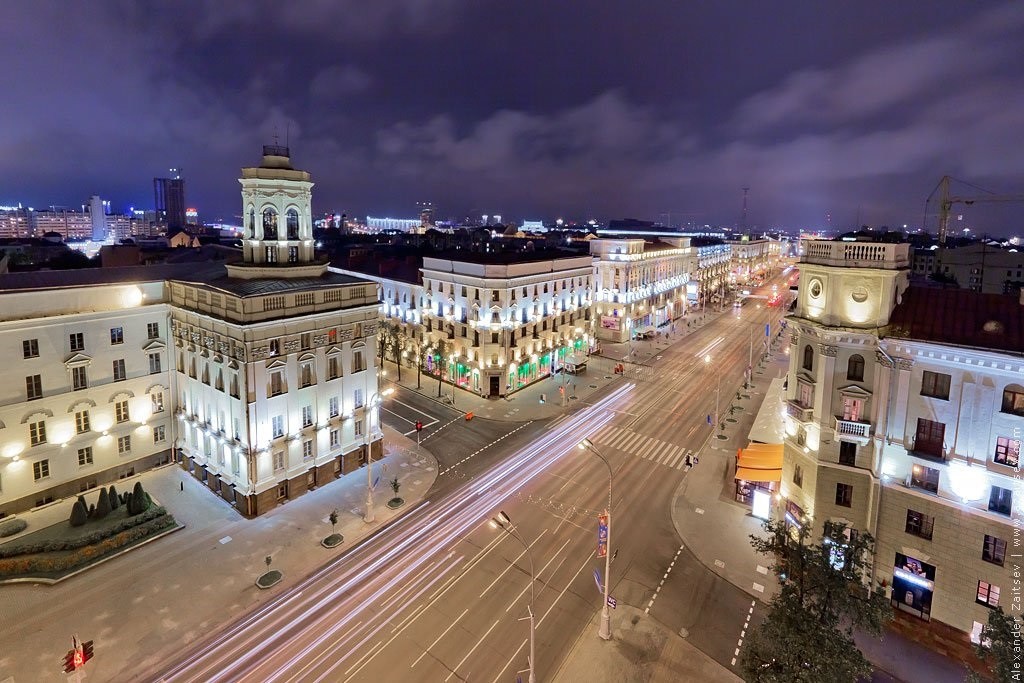
Belarus has its very own ghost! The Black Lady of Nesvizh is said to be the spirit of Barbara Radziwill, wife of Polish King Žygimont Augustus. The legend of the Black Lady has been around for over 450 years. It all started because royals back then couldn’t marry for love, only for political duty.
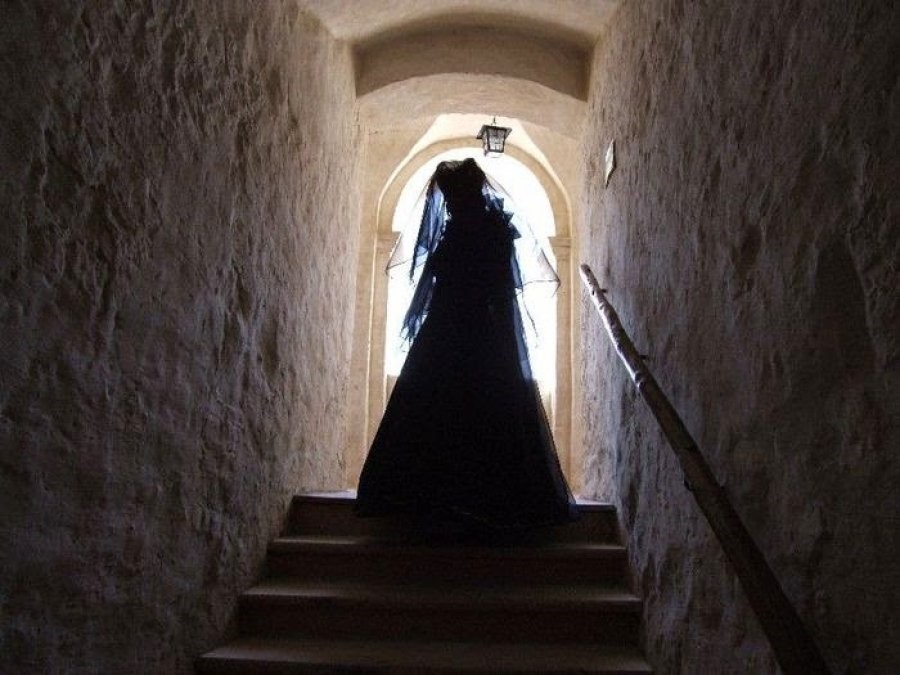
In 2015, Belarusian motifs hit the fashion scene in Paris. Valentino designers Maria Grazia Chiuri and Pierpaolo Piccioli drew inspiration from Marc Chagall’s paintings. Belarusian traditional patterns looked absolutely stunning on the runway.
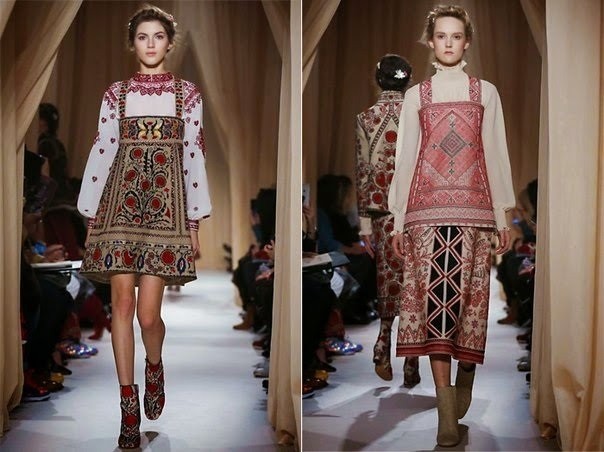
Belarus was one of the first countries in Europe to print its own Bible back in 1517. The pioneer printer Francis Skorina began his work in Prague, printing 23 illustrated Bibles in Old Belarusian. He later moved to Vilna in the early 1520s and set up a publishing house. Skorina’s work stood out for its high-quality printing, unique illustrations, and distinctive fonts.
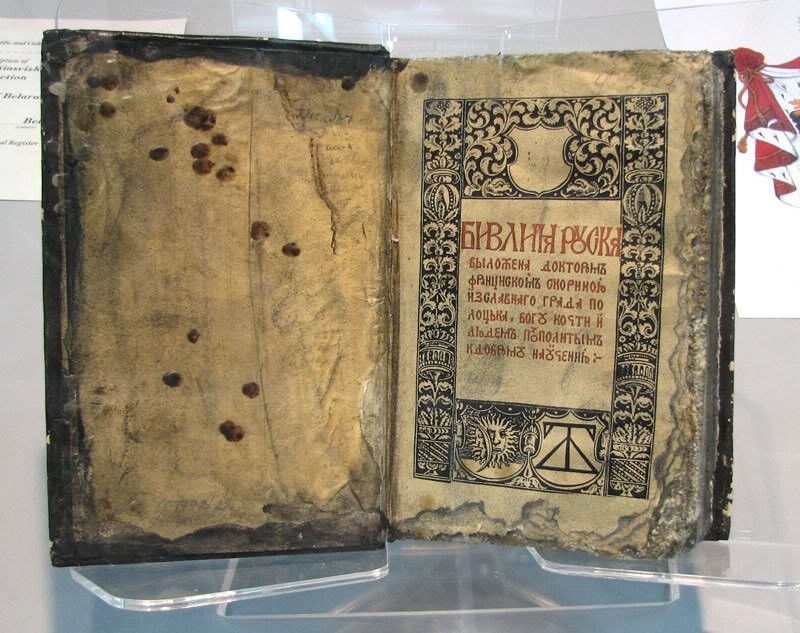
Minsk is the most economically developed city in Belarus, serving as both an industrial and educational hub. The city’s transportation system is top-notch, featuring buses, streetcars, and a metro. Minsk is a city of resilience; it’s been destroyed eight times and rebuilt each time like a Phoenix. Founded in 1067, it’s even older than Moscow. Gomel is the second largest city in Belarus.
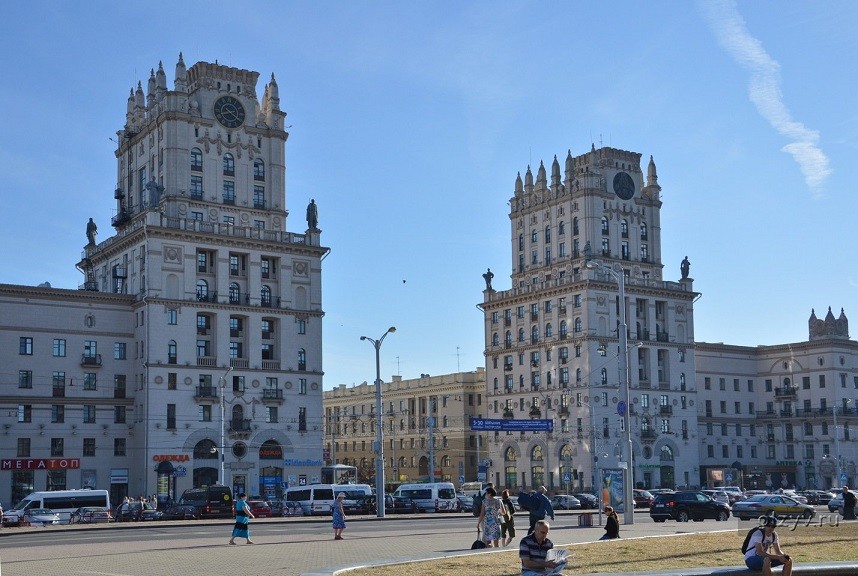
The National Library of Belarus holds a whopping 8 million titles across various media. Every day, more than 2200 people visit, and it handles nearly 12000 documents. The construction of this library in Minsk was so expensive that an additional tax was levied on citizens to help fund it.
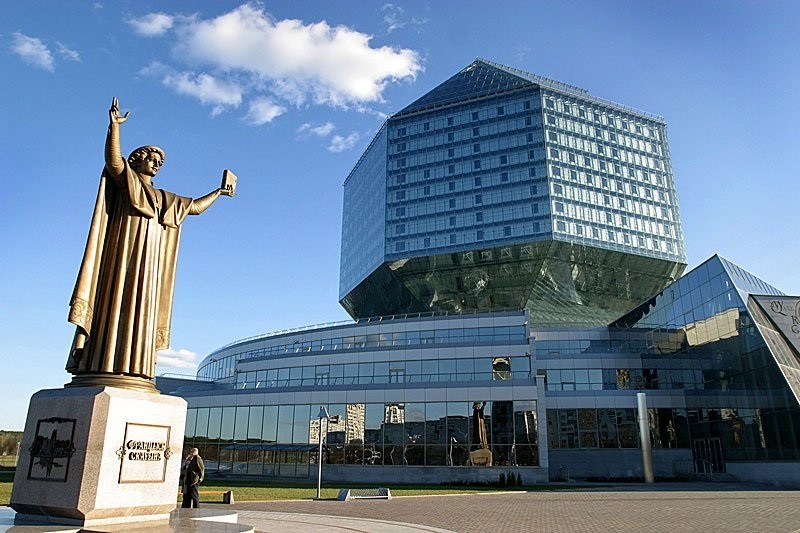
Belovezhskaya Pushcha is the largest ancient forest in Europe, even mentioned by the historian Herodotus. In the late 14th century, Prince Jagailo of the Grand Duchy of Lithuania declared the forest a protected area, banning hunting there for almost 600 years. Today, it boasts about 2,000 giant trees and is a UNESCO World Heritage site.
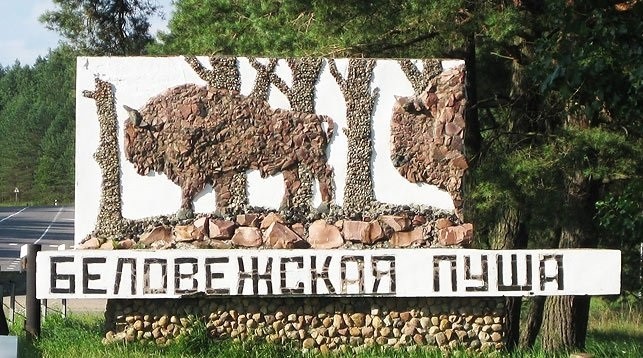
Belarus is proud to have five Nobel Prize winners: Svetlana Alexievich (Literature, 2015), Zhores Alferov (Physics, 2000), Shimon Peres (Peace, 1994), Menachem Begin (Peace, 1978), and Simon Kuznets (Economics, 1971).
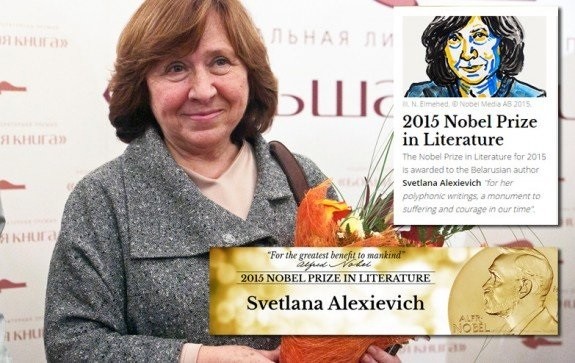
Belarus was like the “Silicon Valley” of the USSR. During Soviet times, it produced more than half of the USSR’s computers and computer parts. Since the 1960s, it’s been a major center for software development and even coined the term “software.”
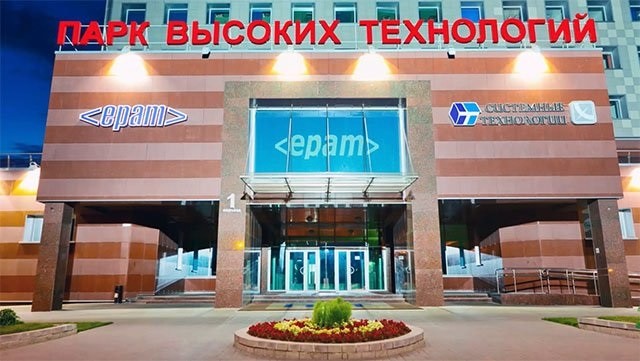
Pripyat National Park is the only place where you can find lowland oak forests. The pristine lowlands of Belarusian Polesie are home to over 30 hidden lakes in oak and ash forests. The natural bogs of Polesie are the largest in Europe, with the biggest ones being Zvonets (150 square kilometers) and Dikoye (80 square kilometers).
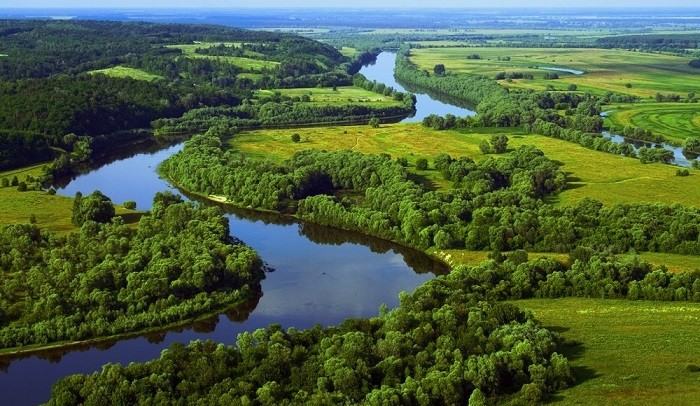


Leave a Reply